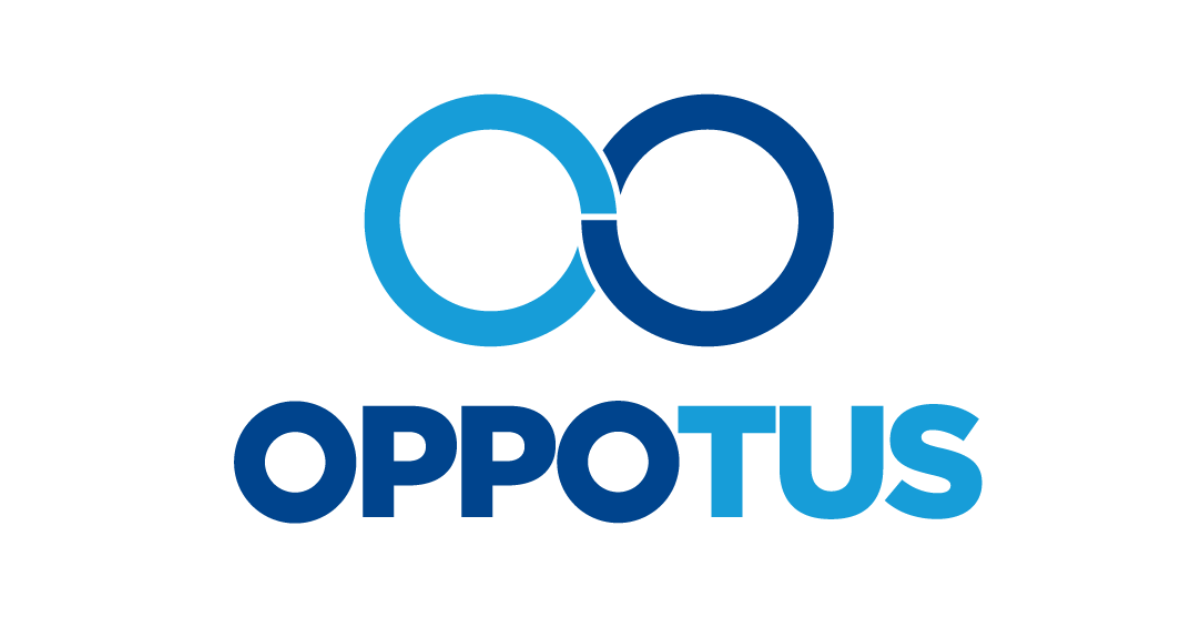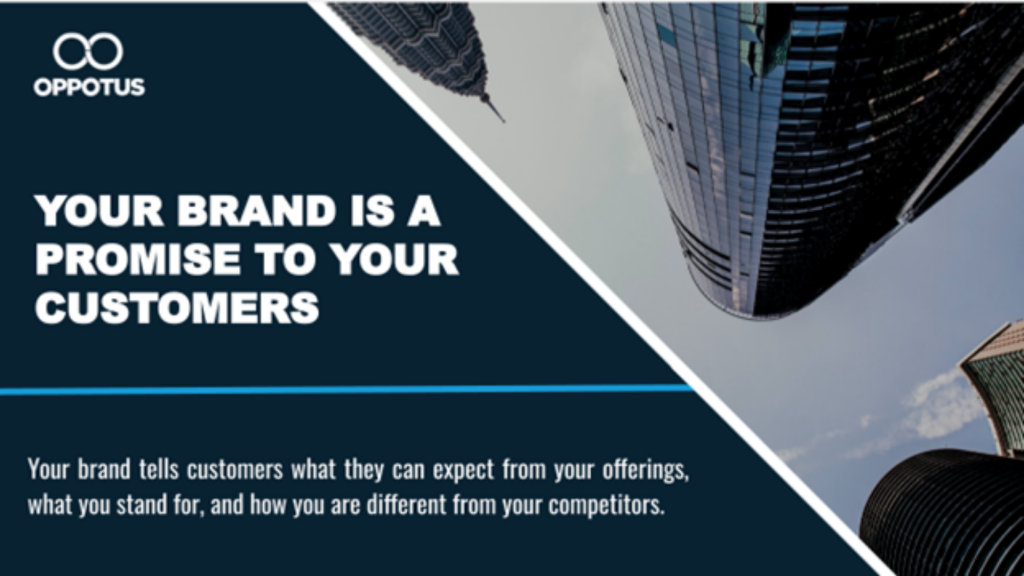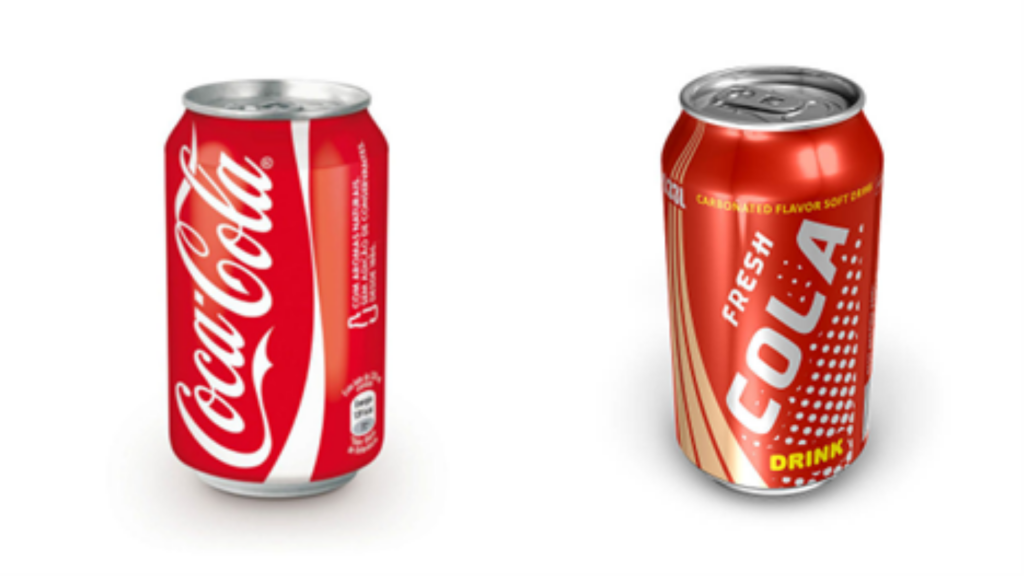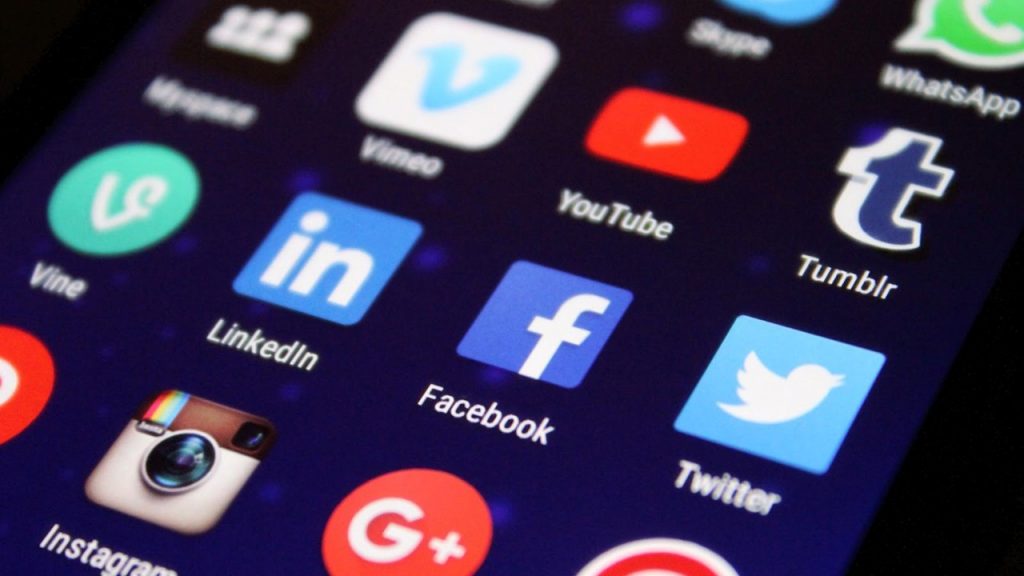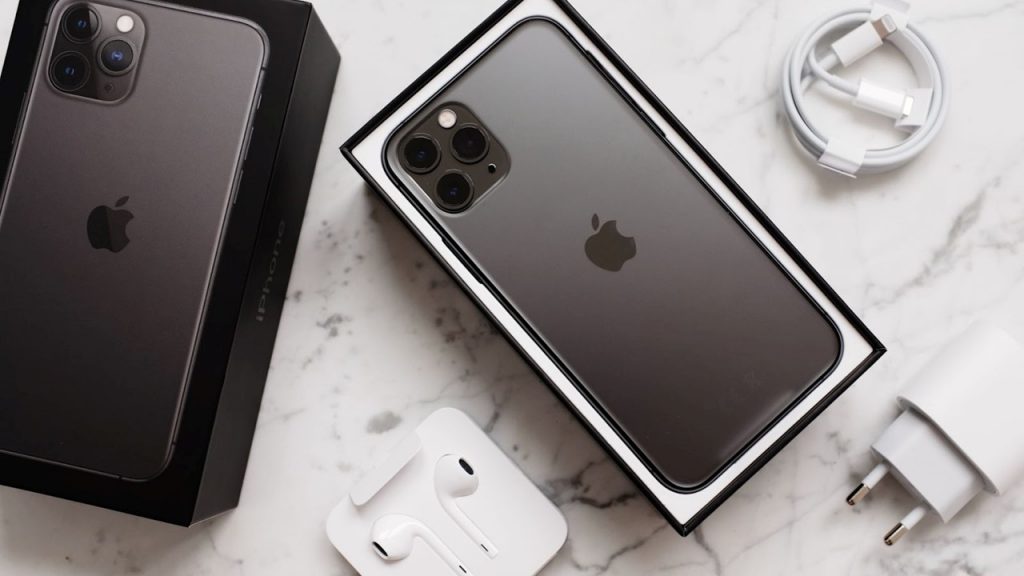As mentioned before, brand equity is the value a company achieves based on how consumers perceive and value the brand. The stronger the brand, the more consumers will flock to you, willing to go the extra mile to support your brand by making pre-orders or joining waiting lists for your products/services, or standing in long queues to get the latest releases. Consumers will gravitate towards you with little consideration for the price or the efforts they have to go through to get your products so long as they believe in the value of your brand.
How do we translate collected data into actions?
Identify Areas of Opportunities
An opportunity is a potential action or timeframe which allows a company to create and implement ideas or innovations to improve and grow the business. Strong brand equity can promote a company’s growth, enabling it to expand into new markets or geographies. This can be achieved through leveraging the value of your brand. By doing so, your company will be able to introduce new and innovative products to your line and consumers will be more than willing to give them a try.
Canon, for example, expanded their product line to reach different consumer segments by launching a wide range of cameras to cater for various consumer needs with their product lineups designed for professionals, advanced photographers, casual photographers, amateurs, etc. Additionally, they had also utilised the Canon brand to sell printers, successfully entering the market for a different product category.
Brands That Can Always Improve
Continuous improvement is the best way to ensure things are done in the most effective, efficient, and productive way. A brand is more than its name or logo, it’s about the values and messages it represents. The goal is to build a brand equity that sticks in the consumer’s mind. As such it’s necessary to make adjustments and improvements along the way to ensure your brand is deeply rooted in the minds of consumers.
Over the years, Nike has been able to maintain its market dominance through appropriate branding, especially since their switch from a rational to emotional approach. Nike understands that people now buy lifestyles more than materials. Nike’s iconic slogan “Just Do It” sums up the brand: competitive, direct, and powerful. Consumers who wear Nike aren’t just wearing sportswear, they are wearing the lifestyle that Nike represents. This emotional angle has given them a significant competitive edge.
Capture a Share of Emotions
There’s more than one way of branding, marketing, advertising, and selling your product or services. Explore different methods and think out of the box. According to marketing researchers, consumers see an average of 4,000 to 10,000 ads in a single day. Coming up with fresh marketing campaigns has been more crucial in this age where consumers are bombarded by marketing messages to the point they are immune to them.
However, complicated strategies aren’t always necessary. Take Coca-Cola for example, the brand sells happiness. It’s a simple concept that is universally understood across all cultures and languages. Their product is presented as something that brings family and friends together, a simple but strong message that has led the brand to long-term success.
One of the unique ways in which Oppotus recognises and measures this facet, is that we take into account how many emotions your brand can evoke. This must be done on top of understanding how much “mindspace” (like awareness) a brand occupies in the minds of the consumers. Depending on the context, a brand can delight, make you cry, make you feel remorse and guilt, appreciate joy, even spark anger, and more. The more emotions a brand can elicit from consumers, the more emotional connections and associations it is making, thus giving it “more” share of emotions, and thus more equity.
Recognise and Move With the Trends
Trends represent what is popular at the moment of a given time. It can also be anything that changes the market your company operates in. Your brand needs to stay up to date and remain relevant to consumers to stay ahead of the competition. Change in trends is inevitable and it’s important to take steps to grow in tandem with those changes. Strong brands such as Apple and Nike remain relevant not because they always do the same thing, but because they are willing to do things differently. These brands continue to evolve by observing the market and anticipating what their customers want tomorrow.
Understand Competitors, and Surpass Them
Always consider the competitive landscape; know yourself and your enemy. Understanding the competition may not be directly related to the bottom line of a company’s balance sheet, but it is beneficial in helping to develop a brand that stands out from the crowd.
Every brand has their own strategies, unique selling points, and imageries. When placed on the same shelf as your competitors, the differences in the brand associations can be a deciding factor. As such it is important to distinguish your brand from the others. Brand differentiation is vital as it sets you apart from the competition by associating a distinct performing aspect of your brand that offers greater benefits to consumers. Keep in mind the differentiation should consider relevancy, authenticity, and serve a clear purpose to be effective.
Ultimate Goal: More Sales!
Brand equity sells. A company with positive and strong brand equity is able to attract consumers who are willing to pay more for its products compared to their competitors even if they can get the same thing for less. Going back to the scenario of a consumer walking into a store with the intention of purchasing a soft drink to quench their thirst, consumers will ultimately choose to purchase a Coca-Cola over the generic brand of cola because it is a brand they know of and are confident in.
Overall, to facilitate customer loyalty and generate more sales, a company needs to build brand equity and strengthen brand perception. A positive brand equity is a promise to consumers of what to anticipate, something they can trust. Companies with a recognizable brand will receive more demand for their products and services, leading to higher sales.
To stand out in today’s competitive environment, brand equity plays a vital role in the survival of a business. Feel free to contact us at theteam@oppotus.com on how to build and shape a positive brand equity, and to monitor your brand perception to create marketing messages that are able to capture the consumer attention and loyalty that you want.

